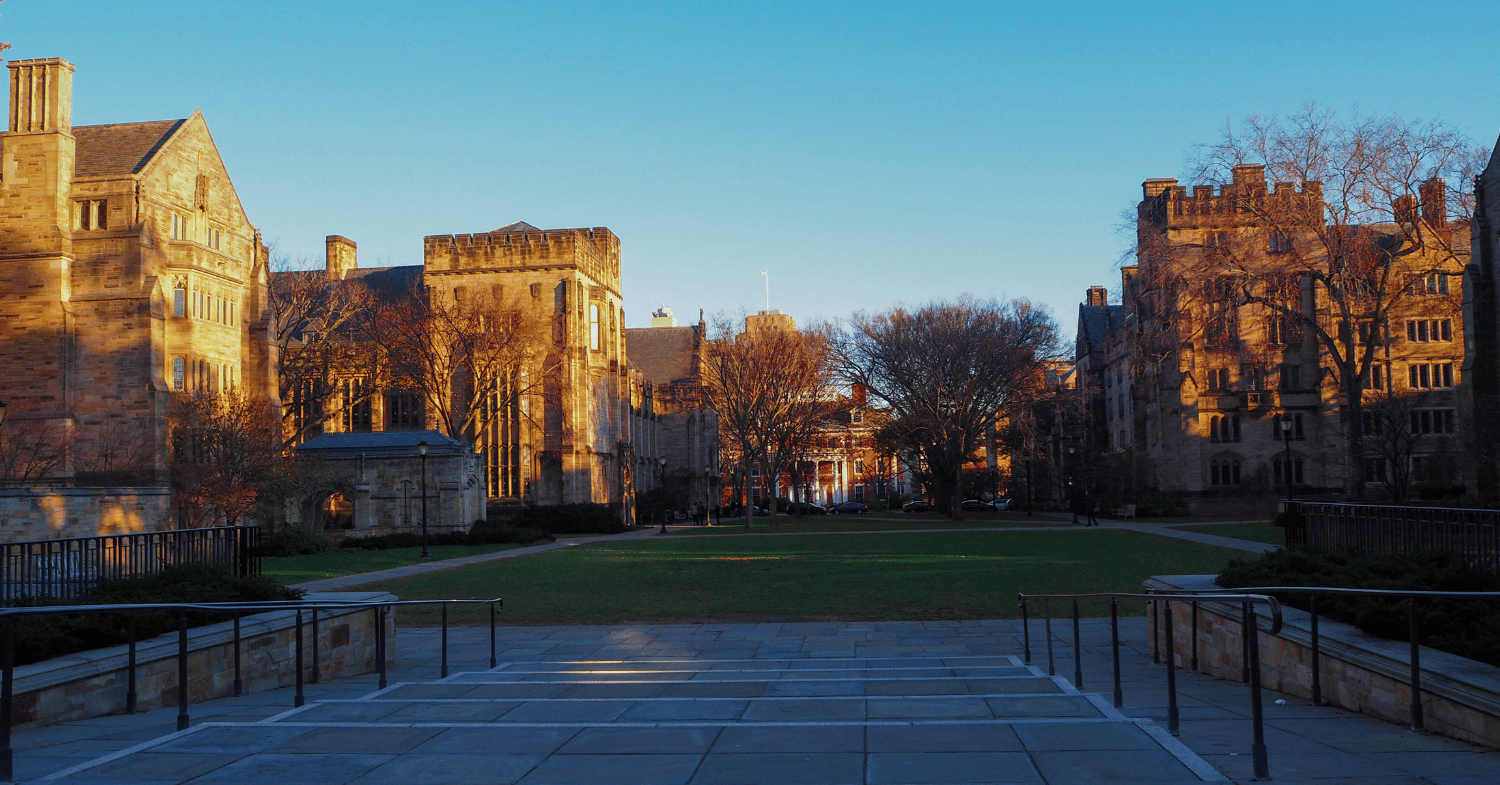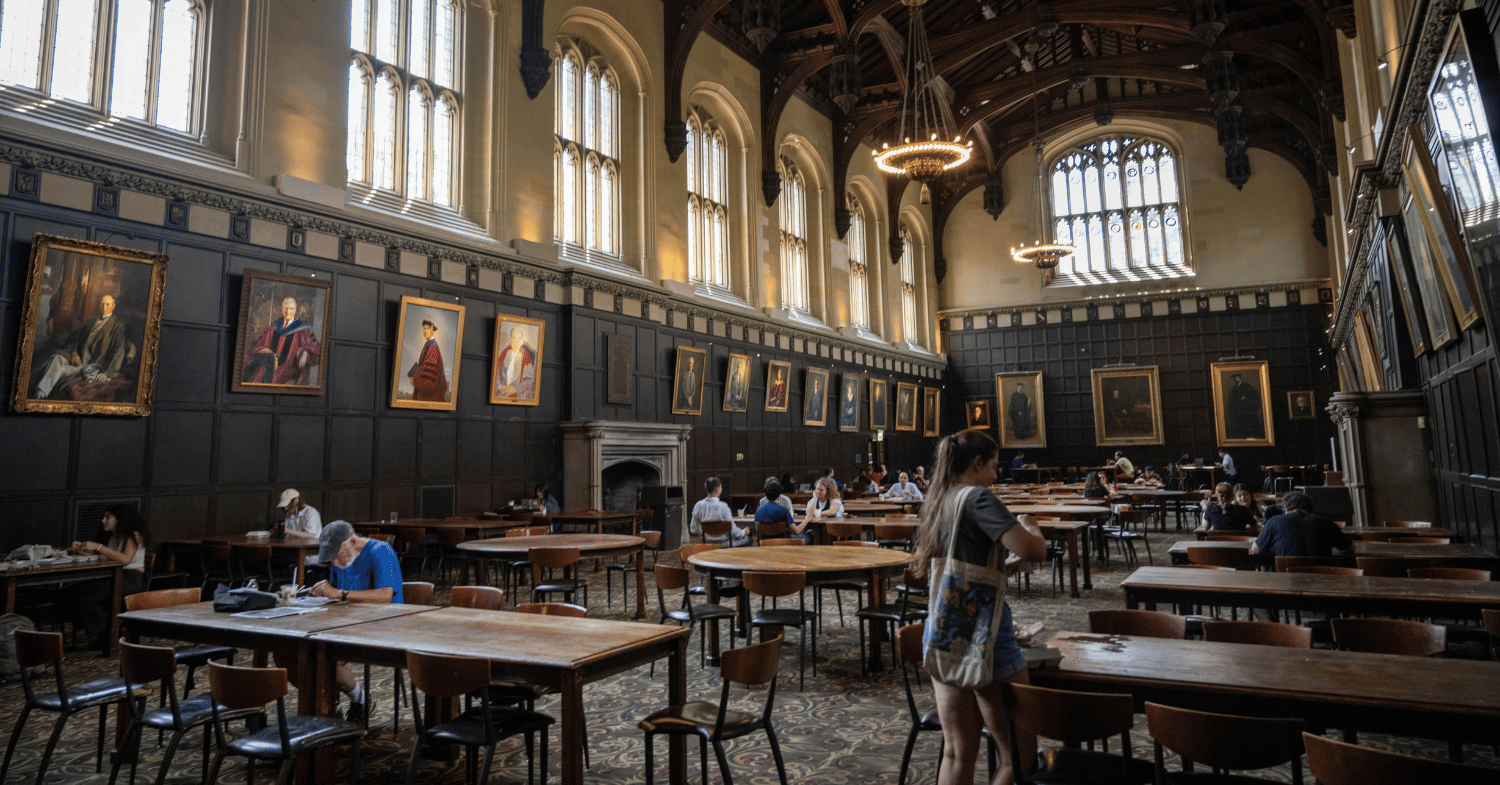Visa policies, and the path ahead: How international students can thrive amid uncertainty
The USA is a country like no other. With 50 radically different states, over 340 million people, and more than 4000 universities, it’s little wonder tens of thousands of students the world over come every year to experience it for themselves.
International students make up around 5% of all those in higher education in the States, and this number is increasing year-on-year. This is partly because they wish to broaden their horizons through travel and meeting new people, but a big draw is the international reputation of the universities and their research, their unique curricula, and the opportunities they offer.
However, despite the upward trend in numbers, students are finding it increasingly difficult to navigate the frequently changing policies around immigration and visas, as well as the requirements set by the universities and State.
This is why planning is vital, particularly when you consider the cost in both time and money to you and your family. That’s what this guide is here to help with. It will take you through the necessary hurdles to clear before being able to study in the US, draw your attention to opportunities and risks, and help you to see a clear way forward to your eventual life as a student in the US.
The shifting visa landscape
As things currently stand, students will need to apply for an F-1 (academic), M-1 (vocational), or J-1 (exchange) visa to study in the US, and to enrol in a course approved by the Student and Exchange Visitor Program (SEVP). At present, these visas confer ‘duration of status’ upon the student, meaning that they can remain the US for as long as their course of study lasts. A proposed change by the Trump Administration, however, is to eliminate the concept of ‘duration of status’ and to implement a fixed four-year limit on international students’ stays in the country. That said, depending on whether this change is made, it may be possible to apply for extensions to visas if, say, your course is disrupted or there are extenuating circumstances.
One new procedure that has already arrived, and which has had a significant effect on current and prospective students, is enhanced social media vetting. This is the requirement to make your social media ‘public’ so it can be reviewed by the US State Department for anything that might be deemed contrary to US law or culture. It naturally takes a lot of time for the authorities to do this, which can delay visa applications, so it’s always best to begin your application as early as you can.
During or after your studies, you may wish to engage in employment, and there are ways to do this connected to your studies. They come in three forms: Curricular Practical Training (CPT), Optional Practical Training (OPT), and H-1B.
- CPT allows students on an F-1 visa to undertake practical training related to their main field of study, provided they have been enrolled full-time for at least one academic year. This can only be done during the degree and before graduation, and students apply to their Designated School Official (DSO) for this.
- OPT is work experience related to a student’s degree major and is undertaken after graduation, but still under the F-1 visa. Usually this lasts 12 months (though there are some extensions for certain STEM subjects), and students apply to the US Citizenship and Immigration Services (USCIS) for an Employment Authorisation Document (EAD) to do this.
- The H1-B is a temporary work visa, filed by an employer with the USCIS, and permits an employee three years working in an occupation directly related to their field of academic study. It is possible to renew this for an additional three years, but the USCIS has a cap on how many H1-B visas it will issue per year, so it’s best to apply as soon as you can.
It is understandably an unsettling time to consider studying in the US due to geopolitical uncertainty in the form of international sanctions, trade tariffs, immigration crackdowns, and policy changes that seem to hit the front pages every day.
The effects of these upheavals are naturally felt keenly by international students, whether in the form of applying for a visa and going through border control, or by finding their visas suddenly revoked due to a legal infraction. In light of this, it might be tempting to abandon the idea of studying in the US altogether, but what may seem troubling on the world stage should not dissuade you from pursuing your ambition to study in the US if that’s what you’re set on, as thousands still do it successfully every year. It’s just that it might take a bit more planning.
What this means for international students
Needless to say, with increased uncertainty comes increased risk. There’s no point pretending it’s easy to make studying in the US work, particularly given the administrative and academic hoops you have to jump through, and it is always possible you could face rejection on one front or another somewhere down the line. Is that a reason to give up? Hopefully not, but there are a few things you should consider first.
In short, there are three main facets to a successful application to study in the US: administration, academic, financial.
The administrative side includes being accepted onto a course at an SEVP-approved establishment and receiving your Form I-20 (Certificate of Eligibility for Nonimmigrant (F-1) Student Status), completing your visa application and attending your visa interview, and completing any English language test if you are a non-native speaker.
The academic side includes making your application to your chosen universities, achieving the entry requirements (including sitting any admission tests), and being made an offer. This is the most important part, as everything else depends on it.
The financial side is just as important, as you need to know how you’re going to fund yourself. International students are eligible for fewer loans and grants than domestic US students, but many scholarships and bursaries provided by universities, charities, and private organisations are aimed at international students only, so do some research into what you can contribute personally and what might be out there to help you.
In order to be sure how changing policies and procedures will affect your own application, make sure you stay up-to-date with any country- or region-specific rules brought in that might impact you personally. This may come in the form of limiting student numbers from particular countries or regions, or restrictions placed on those already studying in the US.
Given how fast US policy is changing in relation to migrants and international students, it’s highly important to be pro-active in your research and to keep abreast of any changes that occur, so you know their impact on you, your application, and your time in the country.
Strategies for risk management
Practical steps for students and families:
- Stay up-to-date by checking official sources regularly, such as the US State Department, your relevant embassy’s website, and the Student and Exchange Visitor Program (SEVP).
- Keep your documentation well-organised, create a comprehensive checklist featuring all the necessary steps and their deadlines, and maintain this as you progress through your applications.
- Consider more than just the US as a study destination. Have backup options for your universities and locations, just in case this one doesn’t work out. If it doesn’t, don’t despair. You can always apply to go at a later date. Dukes Plus can help you explore these options and more with our in-depth application support.
- All universities that accept international students will have offices and advisors dedicated to supporting people just like you. Don’t be reluctant to use them – it’s what they’re there for!
Global University Application Support
A-List and Dukes Plus offer support for global university applications, through which our students have successfully got into pretigious institutions around the world like Bocconi, Oxbridge, Trinity College, University of Toronto, and many more.
Opportunities emerging from change
Universities and institutions are fully aware of how much more difficult it has become recently to attract and keep international students, so they are eager to preserve and expand what they can offer in terms of funding aimed solely at this group. By using websites like International Student, you’ll be able to search for scholarships available to you based on your background.
One way of being able to study in the US without having to commit to a degree there is to study in another country on a course that offers an exchange programme with the US. This is sometimes a smoother and simpler way of experiencing life there, albeit for a shorter time. Many universities in the UK, EU, and Canada offer such programmes, so have a look to see what’s available. A-List and Dukes Plus offer support for global university applications, through which our students have successfully got into pretigious institutions around the world like Bocconi, Oxbridge, Trinity College, University of Toronto, and many more.
Takeaways
It may seem, after reading this guide, that studying in the US is an unattainable dream. This is not the case at all, and many thousands of international students continue to make it work every year. It is true that the US has changed its policies around international students, and may continue to do so, but this shouldn’t deter you from pursuing your ambition to study there if that’s your goal, as US universities are continuing to stand with international students and offer as much support as they can.
The most important thing is that you remain open and flexible in the face of changing rules, particularly in these uncertain times, and that you stay informed about application steps, deadlines, and governmental policies to ensure the best application possible.
To explore your options and for more guidance tailored personally to you, book a free call with A-List, and we’d be delighted to help get you started.



